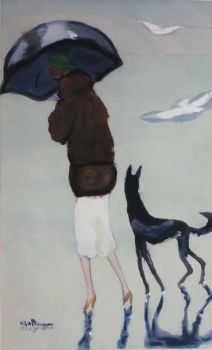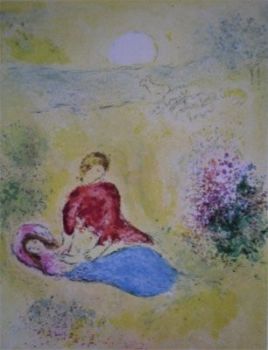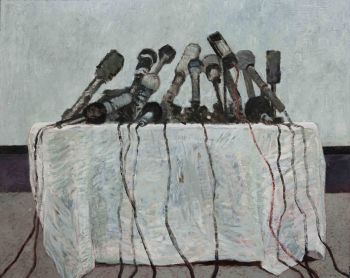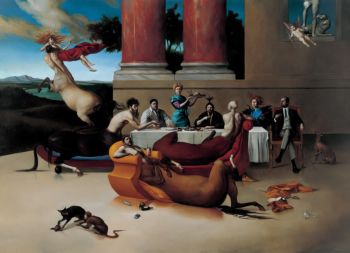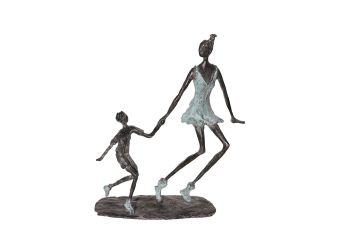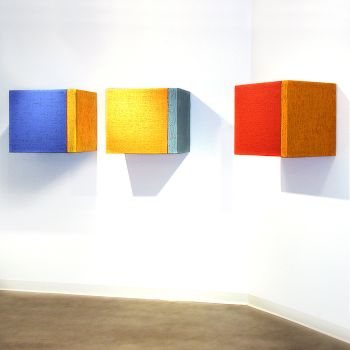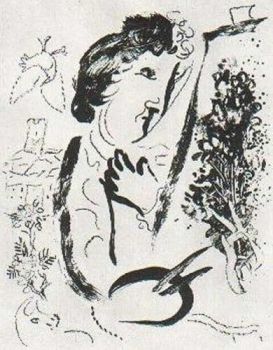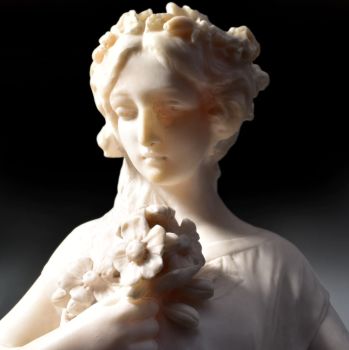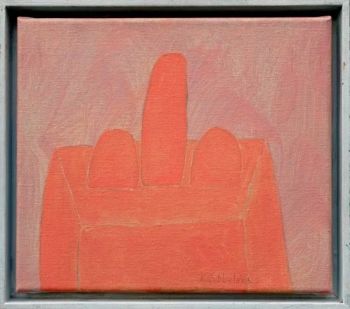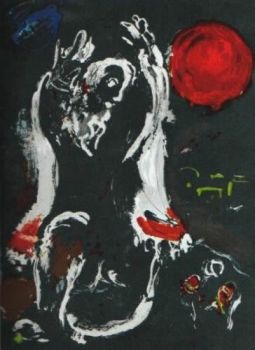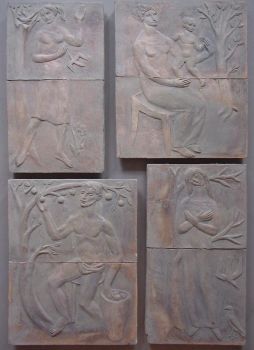The impact of Dadaism in the history of art
Dadaism was an art movement that emerged during World War I in Zurich, Switzerland. The movement officially only existed between 1916 and 1924. It was characterized by its rejection of traditional values and its emphasis on absurdity and irrationality. Dadaists sought to challenge the conventions of art and society and to create a new form of artistic expression. In this article we describe the development of Dadaism and explain were you can best buy Dadaist art.
The beginning of Dadaism
You cannot understand Dadaism without some awareness of the era. The First World War literally left deep scars in Europe, because it got bogged down in a hopeless trench warfare where even chemical weapons were used.
The inhumanity of man had never before been so clearly exposed, and the art of the Dadaists was above all a reaction to that rudeness.
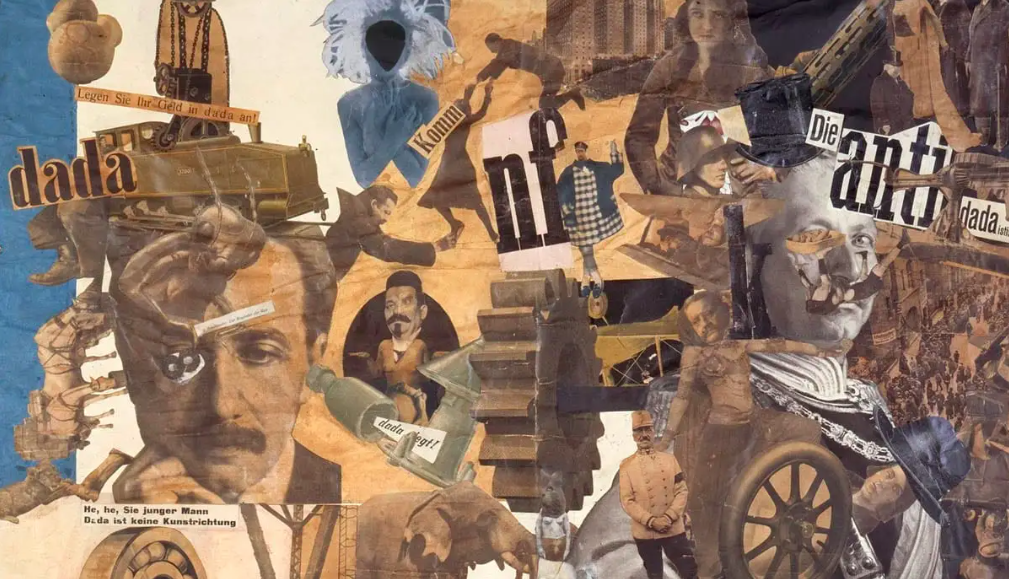 Detail from 'Cut with the Dada Kitchen Knife through the Last Weimar Beer-Belly Cultural Epoch in Germany' by Hannah Höch, 1919
Detail from 'Cut with the Dada Kitchen Knife through the Last Weimar Beer-Belly Cultural Epoch in Germany' by Hannah Höch, 1919
The founding artists of Dadaism moved to neutral Zurich and a small club arose around the pub Cabaret Voltaire, which included the Dutchman Otto van Hees, which broke away from all the usual rules in art. They tried to make art in the most childish (innocent) way possible.
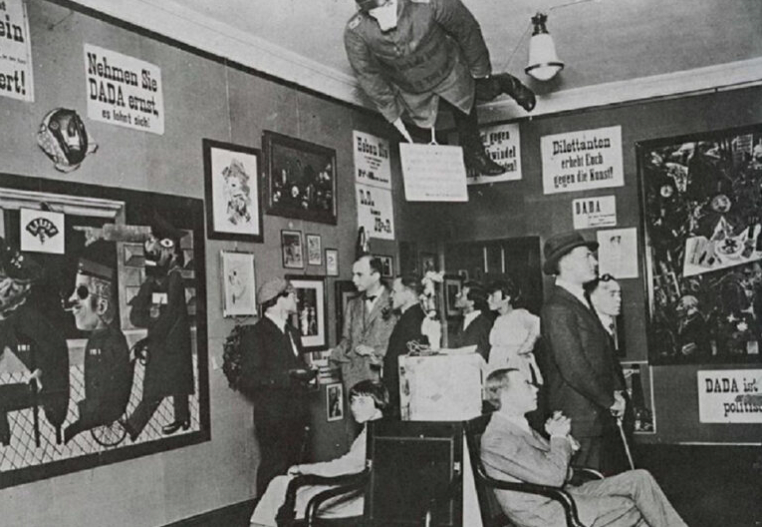 The Cabaret Voltaire in Zurich: The Birthplace of Dadaism
The Cabaret Voltaire in Zurich: The Birthplace of Dadaism
The explanation of the word Dadaism
It is said that the name Dadaism is derived from the term "dada" which is a colloquial French term for a hobbyhorse.
But also one of the theories is that the name of the movement is derived from 'dada', the first guttural sounds of babies.
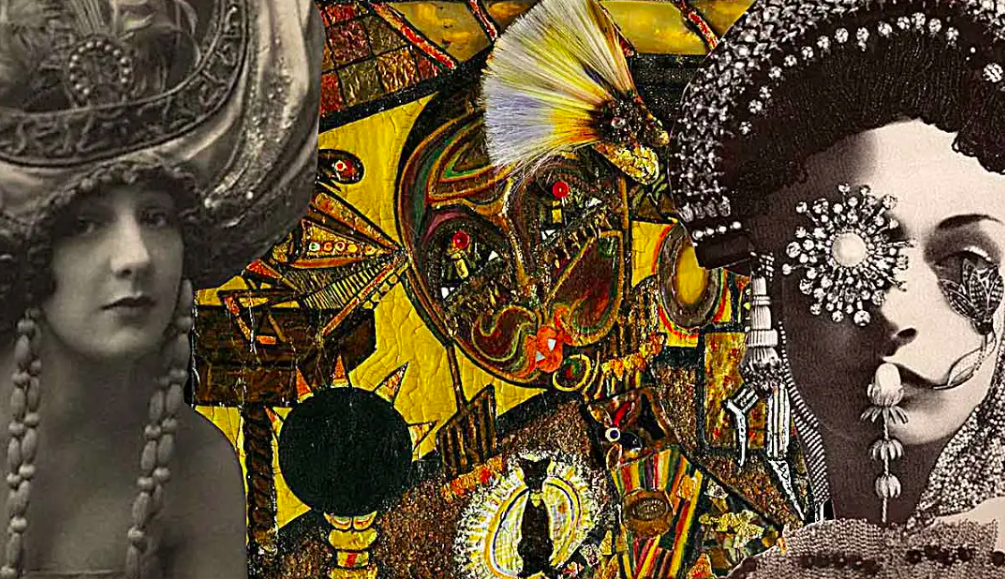 Dadaist artwork by Elsa von Freytag-Loringhoven
Dadaist artwork by Elsa von Freytag-Loringhoven
Dadaism stands for the childishness and absurdity appealed to the group, who were keen to put a distance between themselves and the sobriety of conventional society.
Dadaists value chance and the notion that anything can be art. Dadaism mocked and antagonized the conventions of art itself, emphasizing the illogical, irrational, and absurd.
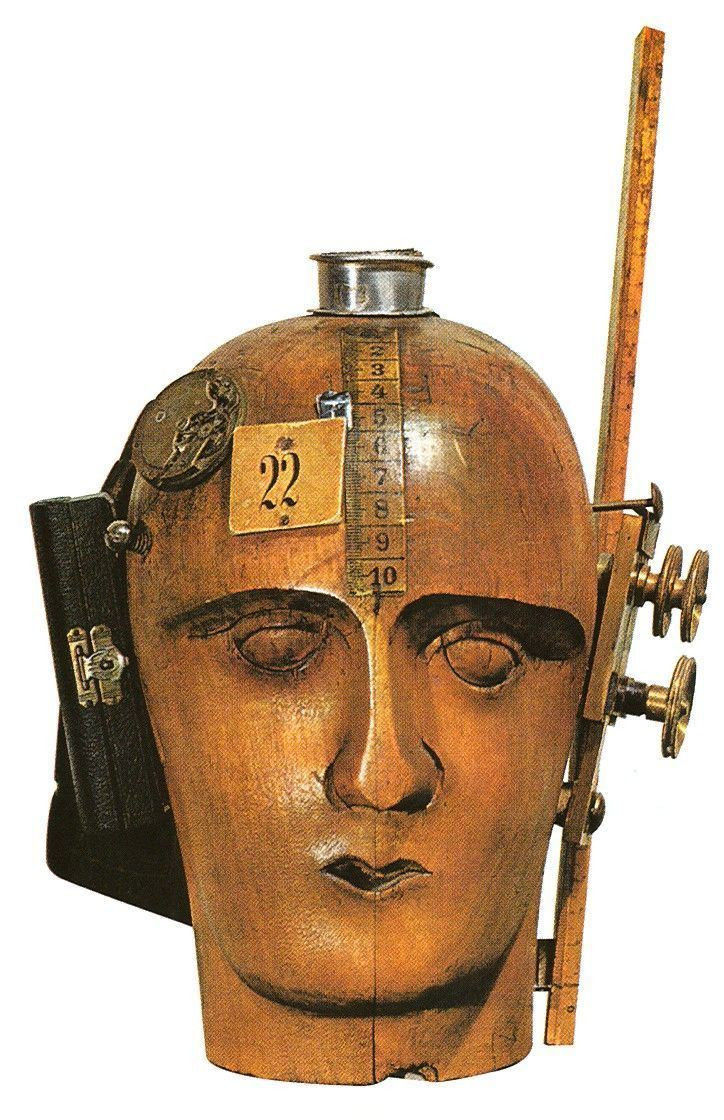 Dadaism, The Mechanical Head (The Spirit of Our Time) by Raoul Hausmann, 1920, Centre Georges Pompidou
Dadaism, The Mechanical Head (The Spirit of Our Time) by Raoul Hausmann, 1920, Centre Georges Pompidou
The charasteristics of Dadaism
Dadaist artists often utilized collage, (photo)montage, and assemblage of disparate elements to create their art. Dadaists would often cut up existing images and reassemble them in new and unexpected ways, creating works that were both playful and subversive.
Some characteristics of Dadaism's most profound characteristics include humor, whimsy, artistic freedom, emotional reaction, irrationalism, and spontaneity.
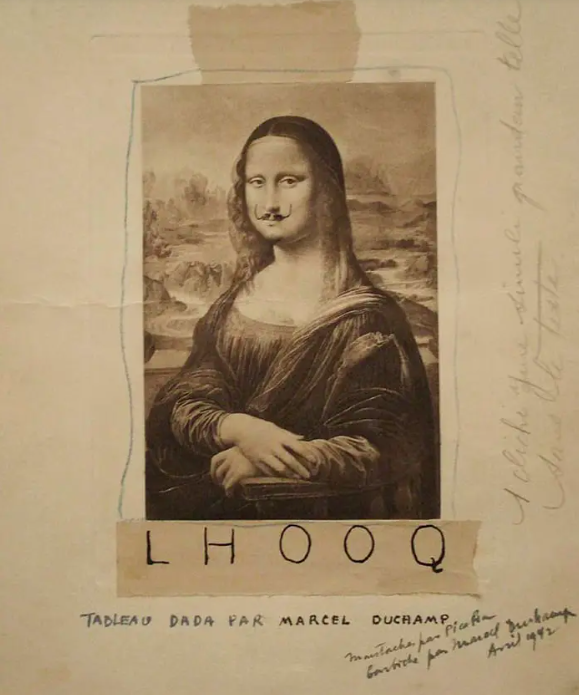 Dadaist Marcel Duchamp, L.H.O.O.Q. 1919
Dadaist Marcel Duchamp, L.H.O.O.Q. 1919
Important artists of Dadaism
One of the key figures of Dadaism was Marcel Duchamp. Duchamp is best known for his readymades, everyday objects that he transformed into works of art by signing them and presenting them as art.
Duchamp's readymades were intended to challenge the notion of what could be considered art, and to subvert the traditional values of the art world. Consider, for example, the most famous Dadaist work of art, the Fountain (a toilet bowl) by Duchamp.
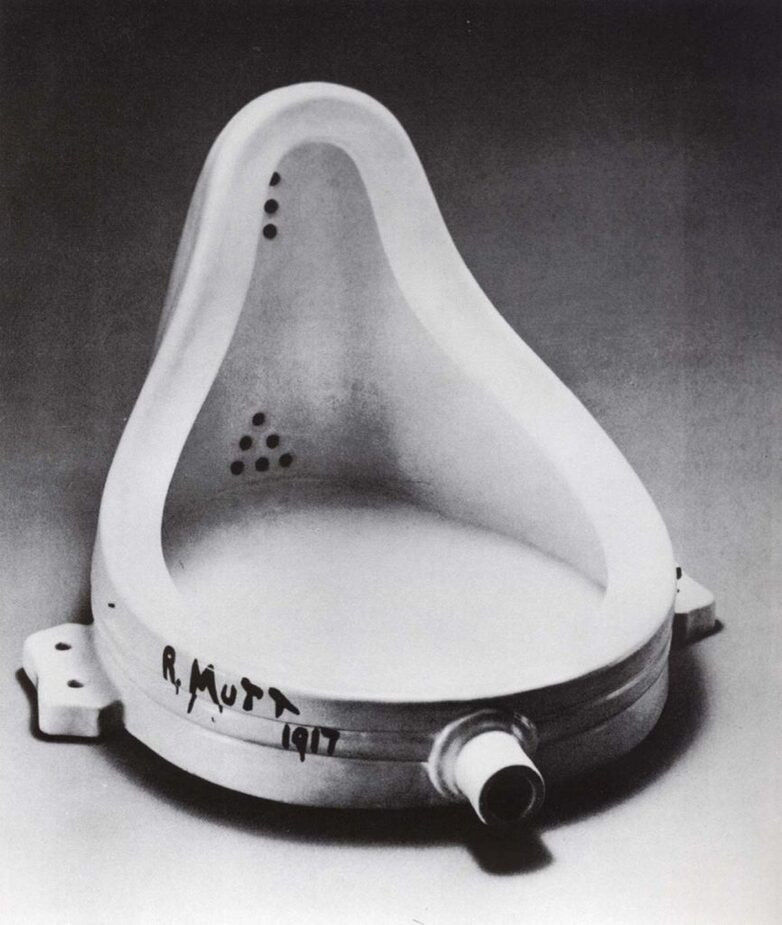 Absurd example of Dadaism art by Marcel Duchamp, Fountain, 1917
Absurd example of Dadaism art by Marcel Duchamp, Fountain, 1917
Another famous or Untitled (collage of squares applied according to the laws of chance) by Hans (Jean) Arpp. He dropped cut-up pieces of paper and taped them where they landed, then painted them over.
Another important Dadaist was Tristan Tzara. Tzara was a writer and poet who was instrumental in the development of Dadaist literature. He believed that language was a tool of oppression, and sought to subvert its traditional meanings through the use of nonsensical language and wordplay.
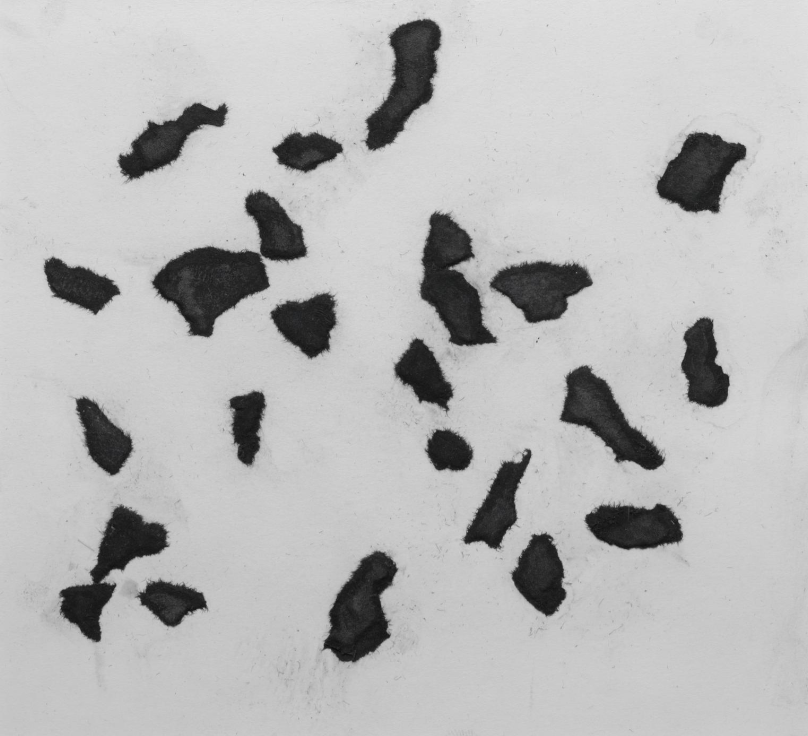 Example of Dadaist art According to the Laws of Chance, by Hans (Jean) Arpp, 1933
Example of Dadaist art According to the Laws of Chance, by Hans (Jean) Arpp, 1933
Impact Dadaism on modern art
Dadaism had a significant impact on the development of modern art. Its rejection of traditional values and emphasis on absurdity, irrationality and willingness to embrace the unconventional the way for later movements such as Surrealism and Pop Art.
In conclusion, Dadaism was a groundbreaking art movement that challenged the conventions of art and society. Its emphasis on absurdity and irrationality, as well as its use of readymades and collage, paved the way for later modern art movements.
The Dadaists' rejection of traditional values and their continue to inspire artists today.
 Dadaism, Construction for Noble Ladies by Kurt Schwitters, 1919, LACMA
Dadaism, Construction for Noble Ladies by Kurt Schwitters, 1919, LACMA
Where to buy Dadaist artworks?
Here at Gallerease, we only offer high-quality, curated art from the best galleries. Take a look at our platform to discover simple art that suits you!


